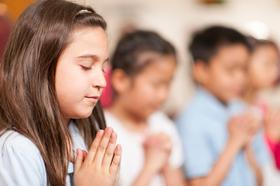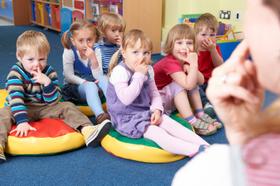Three early childhood education approaches enjoy great popularity in the United States and indeed throughout the world. They all had their origins in the teaching of European society's poorest, most disadvantaged children. To understand the changes which Dr. Maria Montessori, Rudolf Steiner, and Reggio Emilia founder, Loris Malaguzzi, wrought on the European educational system back at the beginning of the 20th century, we need to know how children were educated at that time. The prevailing methodology used drills and memorization. Children's minds were considered to be small versions of adult minds which needed to be expanded with knowledge. Rather than letting children explore and discover on their own, as we all know they are quite capable of doing, teachers filled their minds full of facts. Retention was achieved by drills and memorization. Teaching a child how to think was an ancillary objective if indeed it was an objective at all. Furthermore, most children finished their classroom instruction at age 10 or 11.
Montessori, Steiner, and Malaguzzi believed in the intrinsic abilities and capabilities of children. Their approaches, philosophies, and methods had a single, common purpose: to produce a better society in which human beings would respect each other and live in harmony and peace.
In America, these three educational approaches took root not in the poorest segments of society but in a middle and upper class eager to have something better than what was offered in the public school systems. Here is a comparison of the main features of the
This topic cluster explores the diverse landscape of private education, offering insights into various school models, philosophies, and specialized programs. It provides parents and students with a comprehensive overview of the different educational options available in the private school sector.
View the most popular articles in Types of Schools:
Comparison of Montessori, Waldorf & Reggio Emilia
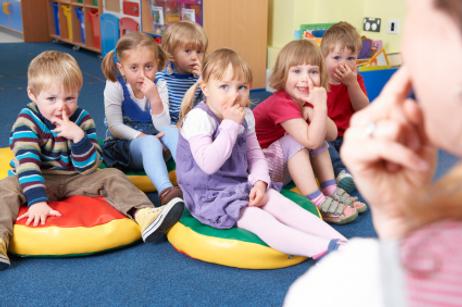
5 Facts About Reggio Emilia

Reggio Emilia is an approach to early childhood education which originated in Italy after World War II. While not as widely known as the Montessori and Waldorf methods, Reggio Emilia has attracted a small but extremely loyal following in the United States. You will not find many schools styled Reggio Emilia as you will with Montessori or Waldorf schools, for instance. What you will find are schools which draw heavily on Reggio Emilia ideas and philosophy. They often refer to themselves as Reggio Emilia-inspired schools.
This short video gives us an overview of the Reggio Emilia approach.
The foundation of the Reggio Emilia approach can be found in the movement's principles.
- Children must have some control over the direction of their learning;
- Children must be able to learn through experiences of touching, moving, listening, and observing;
- Children have a relationship with other children and with material items in the world that children must be allowed to explore;
- Children must have endless ways and opportunities to express themselves.
What then is Reggio Emilia? Here are five facts about it. There's much more to Reggio Emilia, of course, but this will give you an idea of what it is all about.
1. It is strictly an early childhood education approach.
Reggio Emilia values "the potential of all children to think, learn, and construct knowledge." Like Montessori Reggio Emilia is a progressive, child-centered approach to education. The idea is
5 Facts About Waldorf Schools

As you explore your elementary school options, take time to find out about Waldorf education. Waldorf schools, or Steiner schools as they are often called, had their genesis in the writings and philosophy of Austrian philosopher and social reformer Rudolf Steiner (1861-1925). To put Steiner into some sort of context, think of him as northern Europe's equivalent of Dr. Maria Montessori.
These two remarkable people shared something in common which would ultimately lead to the establishment of educational movements based on their philosophies and approaches: namely that children from the less-privileged stratae of society were capable of achieving the same levels of academic accomplishment as children from more privileged homes. The key to success was their approach to teaching children as well as their insistence that the traditional ways of educating children not be used. In addition both Montessori and Steiner insisted on complete control of their schools. No state or local government interference would be tolerated.
Maria Montessori established her school in the poorest neighborhood of Rome because she was convinced that every child, no matter what his social circumstances, was capable of learning. Dr. Montessori carefully observed the children in her school and recorded the results of her experiment.
Rudolf Steiner like Dr. Montessori earned a doctoral degree. He earned a Doctor of Philosophy from the University of Rostock in 1891 and established his first school for the children of factory workers in 1919.
Today Waldorf schools offer an alternative to traditional K-12 schools.
5 Facts About Montessori Schools
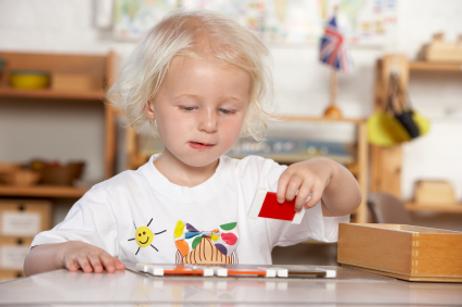
What is Montessori?
Montessori is the name of a very popular approach for teaching preschool and primary-age children. We'll explore the reasons for its popularity later. First, let's examine how Montessori got its start. As with many great movements, Montessori began with an idea and some theories by one of those remarkable visionaries who dot the pages of history.
Canva generated this photo of Dr. Montessori with children at her Casa dei Bambini.
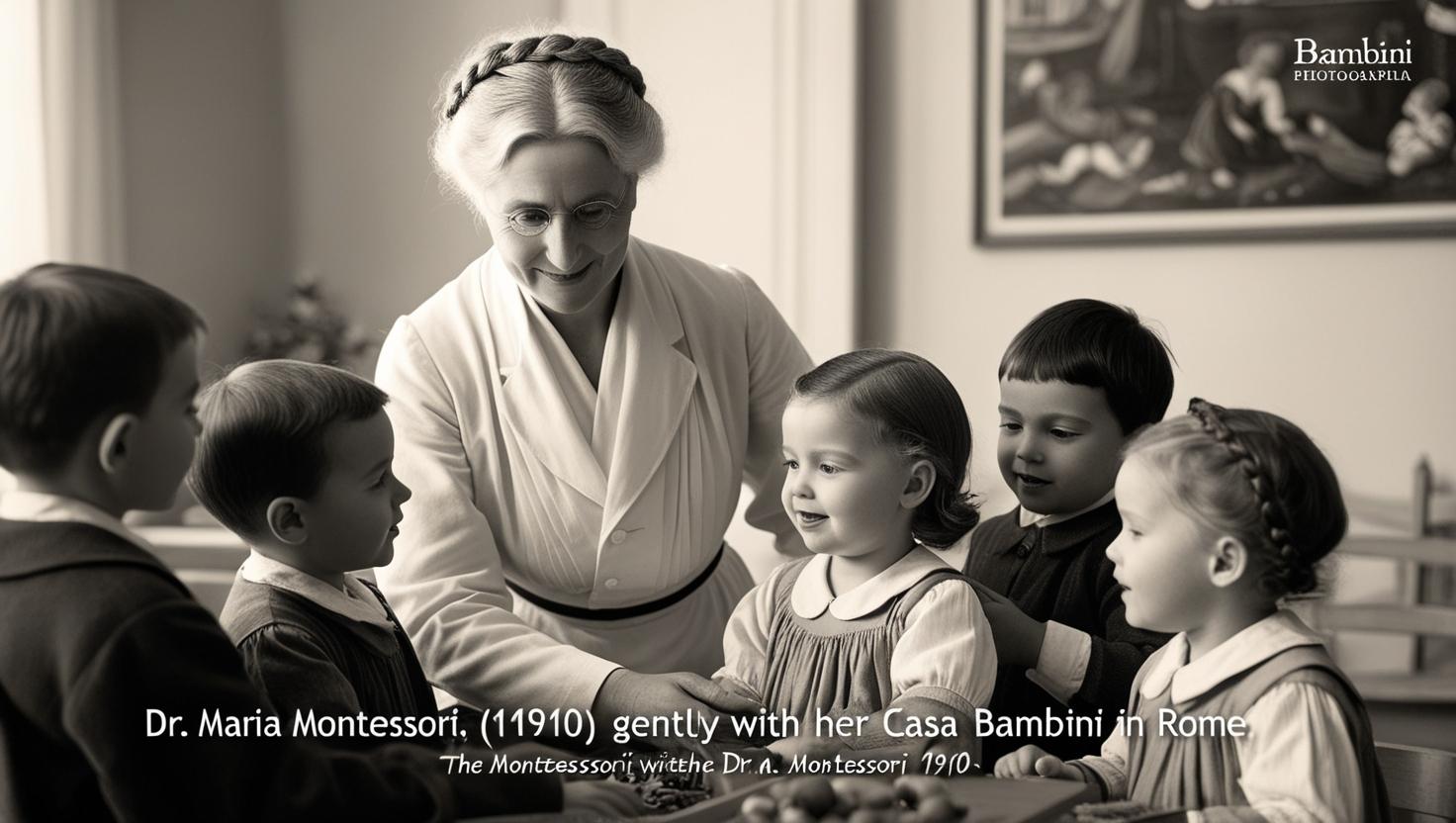
Life and Work of Dr. Montessori
Dr. Maria Montessori (1870-1952) was born and raised in Italy.
- She came from a family of modest means.
- Her father did not approve of her desire to be educated, much less to become a doctor.
- Women didn't do such things back at the end of the 19th century.
- Despite the many obstacles that stood in her way, Maria earned her degree from the University of Rome in 1896.
- Her specialty was pediatric medicine.
While Dr. Montessori worked towards her degree, she studied and worked with mentally disabled children. She got her chance to put her experience, observations, and theories into practice when she was invited to open a school for the children of working-class families in a low-income housing project in Rome in 1907. The first Casa dei Bambini was a traditional school with desks, chalkboards, and all the other accouterments of classrooms of the day. Dr. Montessori herself did not teach. She left that task to the
If We Did Rank Schools...

So, let's assume that somehow, we could rank private schools. After all, asking how a particular school is ranked is something most parents want to know. We are accustomed to comparing just about everything these days. We comparison shop constantly. We rank our favorite teams. We know which pop artist is on top of the charts. And so on. Comparing and ranking anything and everything is just the way we do things. Doing so lets us know that we are getting the best value possible.
That comparison shopping approach works fine for most things in our daily lives. Unfortunately, it does not work when it comes to ranking private schools. Why? Because each private school is unique. How it is run, where it is located, the courses it offers, the sports programs, the extracurricular activities, its philosophy, and the results it gets are all unique. That doesn't mean we can't compare the various features of private schools. That is doable, but it is a lot of work. As we have pointed out in Do Ranks Matter? it is extremely difficult and time-consuming for ordinary people to find the data and information we need to arrive at a ranking system for private schools. But if we did rank private schools, here is how we would do it.
Alexis offers some useful tips for the school selection process in the following video.
Visit the schools.
"Wait a
Recent Articles

















